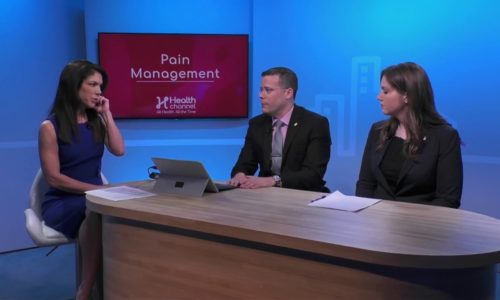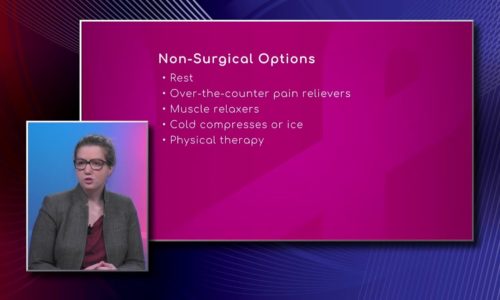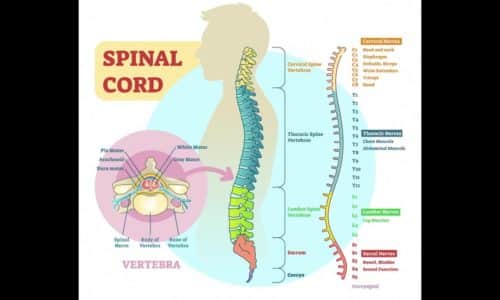Symptoms of a Spine Fracture |
Some of the symptoms that can occur along with a spine fracture are back or neck pain, numbness or tingling, muscle spasms and weakness. Dr. Justin Sporrer, Neurosurgeon at Baptist Health Neuroscience Center, says back or neck pain has multitude of causes but if it came on after a trauma, then you have to wonder if there may be a spinal fracture.
He also explains paralysis could be a result of a spinal fracture. “It happens during a trauma and that fracture can occur at any level of the spine, so if you’re injured at the thoracic level, for example, then everything below can be injured in terms of weakness and numbness and paralysis”, he says.
Transcript
Here’s a list of symptoms that can occur along with the pain so this is something that you should look out for and doctor if you want to add some to this list but for now we have these three: back or neck pain, numbness or tingling muscle spasms and weakness. Can you chime in on those and maybe add a couple more if you think we should. -Sure, so back and neck pain has multitude of causes but if it came on suddenly particularly after a trauma then you have to wonder if there may be a spinal fracture, if that pain is persistent for example lasting for more than a few days or if it’s getting worse then it’s something that really needs to be checked out. I want to point out that the second two things on that graphic which were weakness and numbness or tingling those are neurologic symptoms those indicate that perhaps a nerve has been damaged and that absolutely needs evaluation by a physician and probably a neurosurgeon. -All right, and what about paralysis?, now that obviously is a bit more serious but can that result from an untreated spinal fracture? -Well, yes, but usually when we talk about paralysis as the result of a spinal fracture it happens all of a sudden during a trauma and that fracture can occur at any level of the spine, of course the higher the level then I think of it as kind of a one-way road here and so if you injure at the thoracic level, for example, then everything below that can be injured in terms of weakness and numbness and paralysis. -Let’s take that 3D image again if we can and you can show us actually where that paralysis occurs, walk us through the spine where those areas are. -Sure, so up here in the cervical spine is where your cervical spinal cord is and so if you have an injury for example in the high cervical spinal cord then anything downstream of that as I say where can affect the weakness of arms, the legs and even cause paralysis. You can even have partial paralysis where there’s weakness but not full-on paralysis and so the other part of the spine here is the thoracic spine and if you have an injury there oftentimes people may result in paraplegia which is paralysis of just the lower extremities but they can use their arms and the reason is because the information that’s coming down from their brain up here can go back out to the arms before the fracture has ever even occurred.








